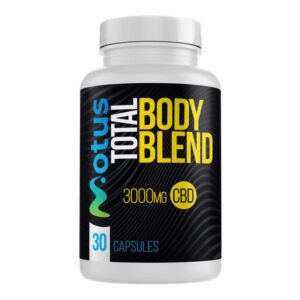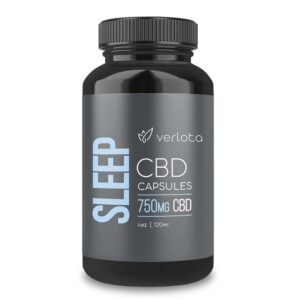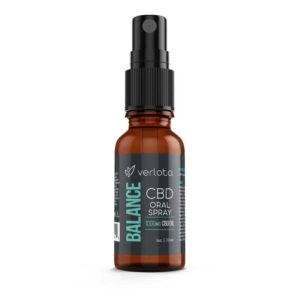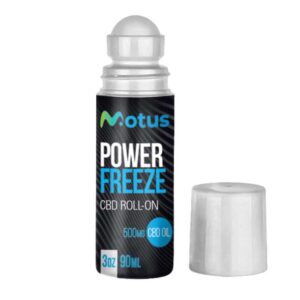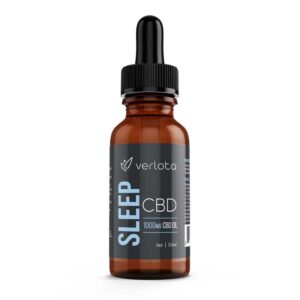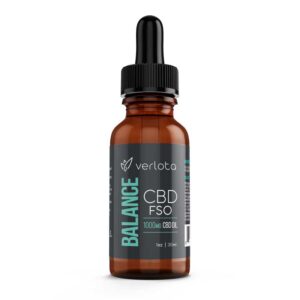One of the worst things that a lot of us face on a regular basis may be migraines. Unlike other types of headaches, you can often see the warning signs coming before the actual pain starts. While some people might think that’s great since there is some sort of warning before things get tough, the truth is that for sufferers of migraines, it just gives them a few moments to prepare for tremendous pain.
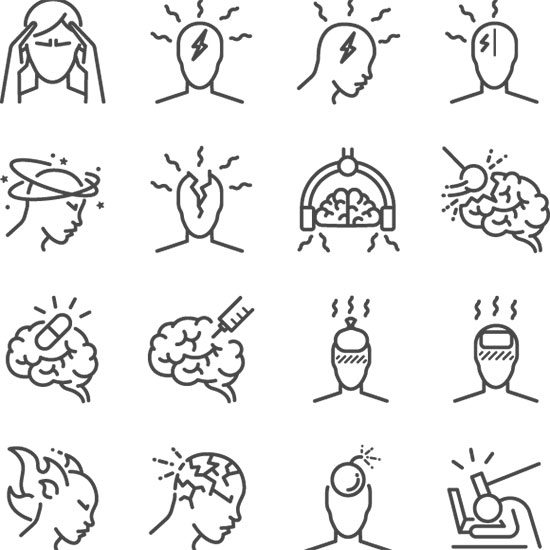
Besides the actual pain of migraines, one of the worst parts about it is how little we actually know about how they function and why people get them. It’s true that there are a few triggers that may bring them on or make them worse, but the actual cause of migraines and why certain people get them on a regular basis is still a bit of a mystery.
Of course, that’s not to say that there’s absolutely nothing you could do to avoid them or treat them. In this article, we’ll be talking about one of the newest kids on the block when it comes to migraine treatment: CBD. But what exactly is the relationship between CBD and how can it help people who suffer from migraines?
WHAT ARE MIGRAINES?
Before we can delve too deep into this topic, it makes sense that we should understand what exactly we’re dealing with. While many people know what migraines are in perhaps experiencing themselves, there are plenty of people out there that experienced them without knowing exactly what was going on.
Essentially migraines are very bad headaches that are combined with other symptoms, such as throbbing, sensitivity to light and sound in addition to nausea. one of the other things that really differentiate migraines from other common types of headaches or how regular they happen and how long they last, which can often be an entire day or longer.
Unfortunately, one of the biggest problems people encounter when they start to get migraines is the fact that we don’t know what exactly causes them. While we’re not completely in the dark on the matter, it’s much more complex than a simple tension headache or dehydration.
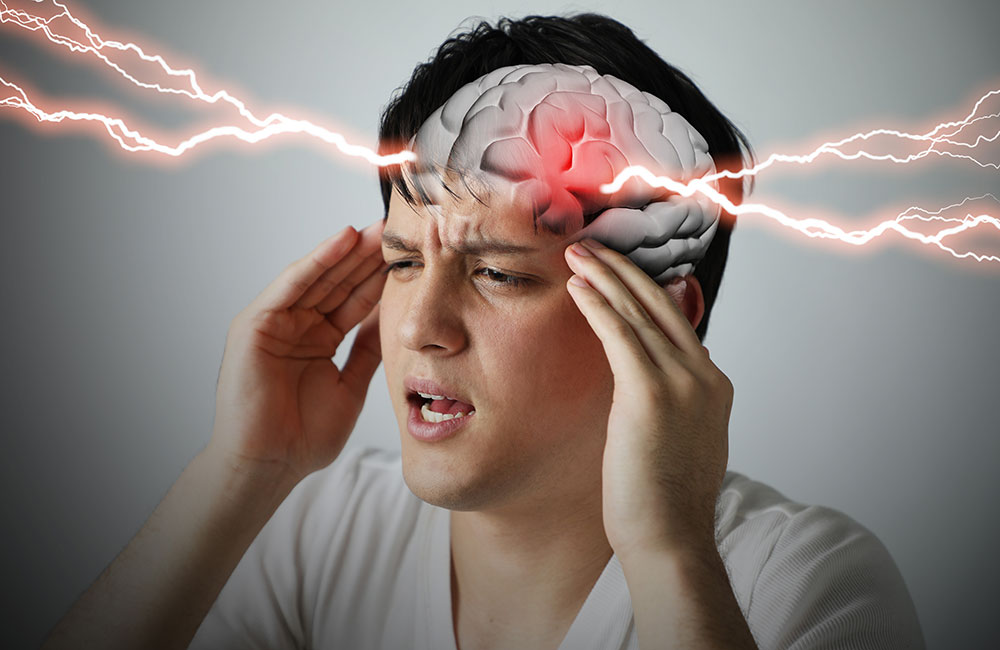
MIGRAINE PHASES
According to the Mayo Clinic, there are four distinct phases of a migraine. Not everybody will experience all these phases nor will these phases feel the same to everybody, it’s still a good indicator of what to expect and how to diagnose migraines.

Prodrome
Believe it or not, there may actually be symptoms of a migraine days before it actually happens. If you have a keen eye and perhaps have had migraines for some time, you might be able to look at some of these symptoms and realize what they mean. Many of these symptoms may include:
- Food cravings
- Constipation
- Increased urination
- Fluid retention
- Mood changes, from depression to euphoria
- Frequent yawning
- Neck stiffness
Of course, having any or all of these symptoms doesn’t necessarily mean you’re about to have a migraine since they are fairly common even in healthy people. But if you are somebody who suffers from frequent migraines, you may start to notice a pattern with some of these symptoms and give you some lead time to prepare.

Aura
Now we’re getting into some of the classic symptoms of an upcoming migraine. An aura is a group of symptoms that can be experienced before or during a migraine. This is often the last warning before a migraine is about to come on and is a sign that the person may need to rest or get themselves in an area where they’ll be able to weather out the storm. These are generally based in the nervous system and can include:
- Difficulty speaking
- Visual anomalies such as seeing various shapes, bright spots, flashes of light or vision loss
- Weakness or numbness in the face or one side of the body
- A feeling of pins and needles the arms or legs
Attack
This is the main event and the one thing that defines migraines overall. If you experience an actual migraine, you can expect it to last anywhere from 4 to 72 hours with attacks arriving anywhere from once a year to several times a month. The symptoms of the migraine itself can vary greatly from person to person, but they typically include a combination of:
- Nausea and vomiting
- Sensitivity to sound and light, though sometimes touch and smell
- Intense and/or throbbing pain that is normally on one side of the head but can be on both
Without a doubt, this is the worst portion of the migraine process and the one that is most commonly talked about.
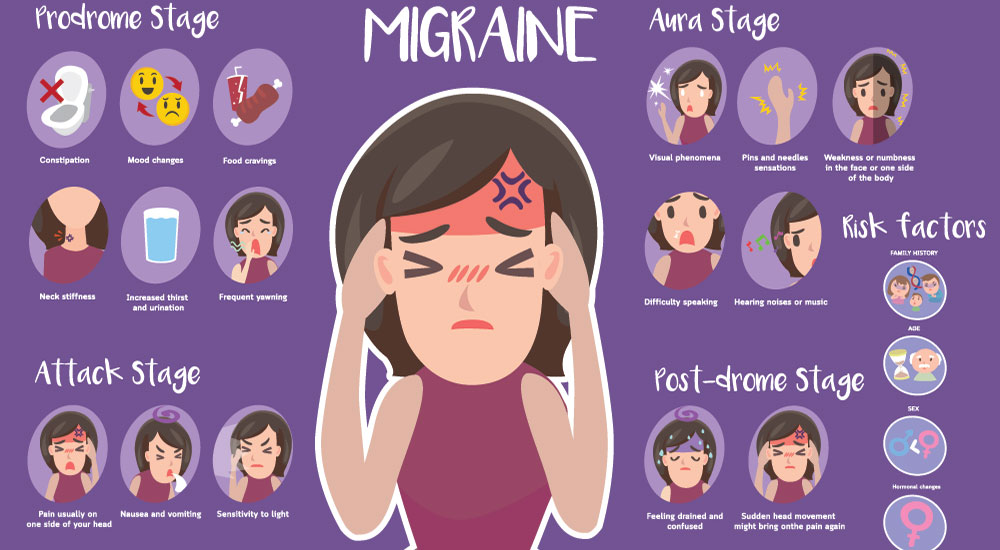
Post-drome
This is the period immediately after the attack. Although you will certainly be happy that the storm is past, it will leave you feeling like you have just physically experienced a hurricane in person. You will generally feel drained and washed out with some people reporting feelings of confusion and disorientation. care may be needed to not move too much as sudden head movements can bring back the pain if just briefly.
CAUSES OF MIGRAINES
As with many medical conditions that don’t have an exact known cause, it is most likely a combination of factors. For example, we do know that there is a connection between genetics and environmental factors that play a role in people who have migraines.
Something that has been noted in most migraine sufferers is that of imbalances in brain chemicals during the attack itself, particularly serotonin which is a pain regulator in the nervous system. As far as how much of a role serotonin plays in the migraine process is still inconclusive though there are a number of studies underway to try to get an answer.
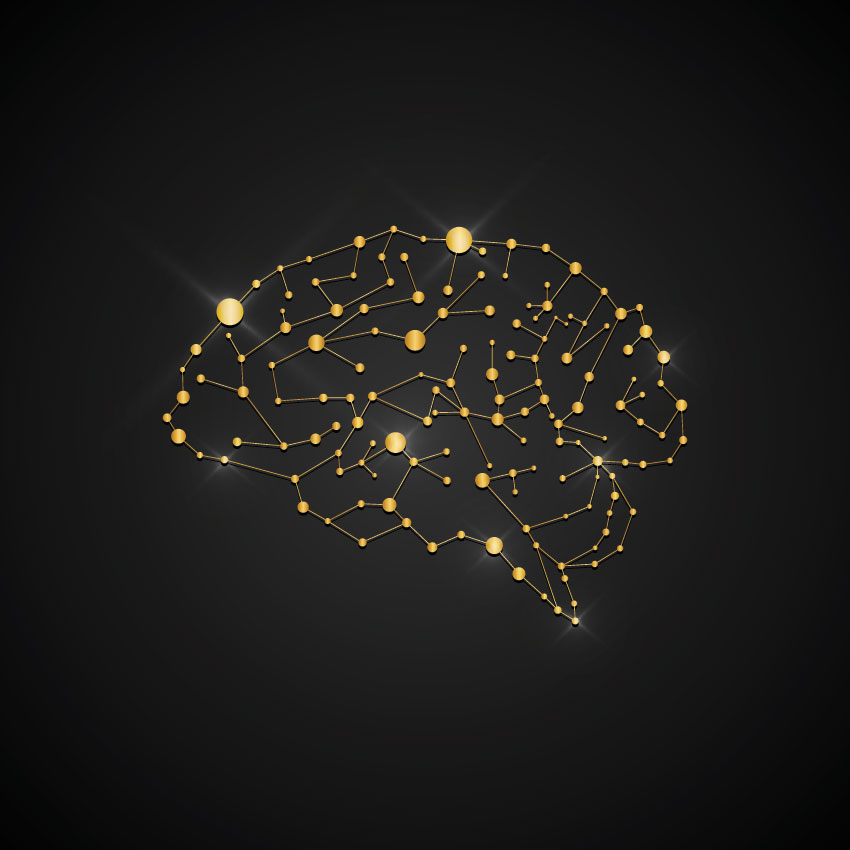
One thing that we can say with certainty though, is that there are certain things that can trigger migraines or make them worse in people who already suffer them. Below is a list of some of the common culprits seen.
- Stress
- Intense physical exertion
- Sleep changes
- Alcohol (especially wine)
- Caffeine
- Hormonal changes in women (including with the menstrual cycle and use of certain contraceptives)
- Weather changes
- Food additives (such as aspartame MSG)
- Certain types of foods (particularly aged cheeses and processed foods)
- Medications (such as vasodilators and oral contraceptives)
- Sensory stimuli (like bright flashing lights, loud noises or strong smells)
These aren’t all guaranteed to cause migraines, but for people who are more susceptible to migraines than others, they may find that one or a combination of these factors may be enough to cause an attack. If you are a person who suffers from frequent migraines, you should take notes to see if any of these factors in the list seem to bring on any symptoms.

Other things to consider are that of certain risk factors. Some people may be susceptible to migraines more than others, so it shouldn’t be a surprise if they do start to happen. These common risk factors include:
- Sex: Women are three times as likely to experience migraines compared to males.
- Age: There are certain times in a person’s life where migraines are more likely than others. Most people start to get migraines during adolescence, and they tend to peak during your 30s. Thankfully, they tend to become less frequent after that time.
- Family history: There is a genetic component to migraines, so if you have family members who get migraines, there is a significant chance you might develop them as well at some point in your life.
TRADITIONAL TREATMENTS
Obviously, the first thing that someone is going to think about if they start to get migraines is how can they stop or avoid them? Thankfully, there are quite a few options available, with varying levels of success.
Trigger Avoidance — This is often the first course of action and hopefully last. As you mentioned above, there are certain things that can trigger migraines and people, such as certain activities or foods. So, the idea is that you figure out what may trigger your migraines and simply avoid those altogether. Some find that this is all they need while others look at it is more of delaying the inevitable.
OTC Medications — This is another relatively simple solution. This can include taking products such as aspirin, ibuprofen, acetaminophen or other common pain relievers. although these may be effective treatments for general headaches, many migraine sufferers find that this only takes the edge off and is usually not a permanent solution. Also, taking these medications for long periods of time for long-lasting migraines have a list of side effects.
Prescription Medications — This is where things get really complicated. Since migraines are such a common issue, it makes sense that a lot of research has been done over the years to try and find effective treatments. As a rule, these treatments vary greatly, not just in the medications themselves but in the science behind them as well. Some options focus on anti-inflammation, others look to affect the nerves themselves, while others focus on the body’s perception of pain overall. These can take the form of pills but also injections.
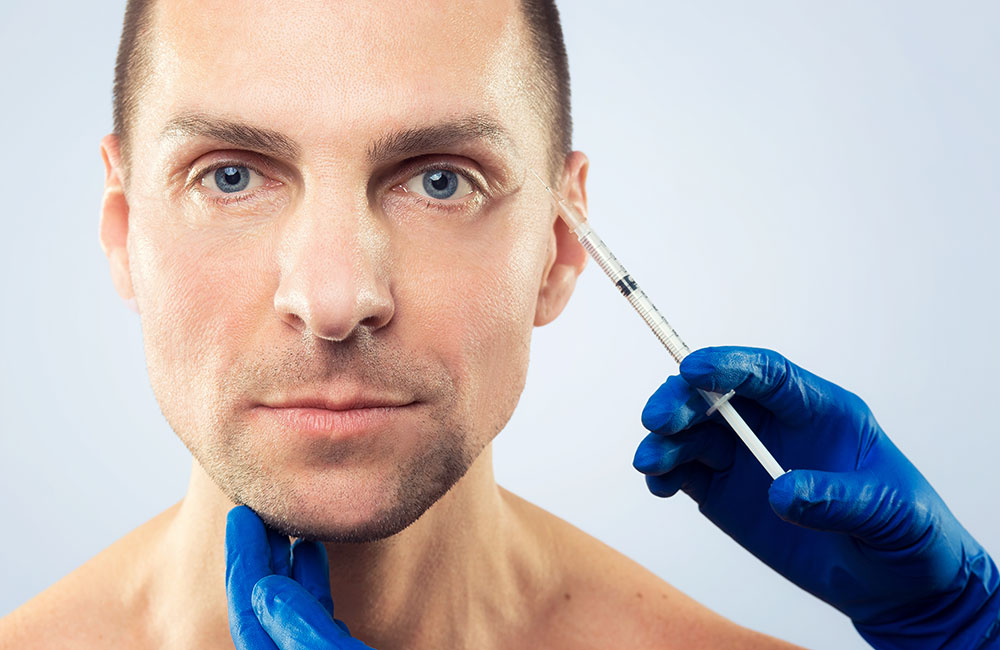
CBD FOR MIGRAINES
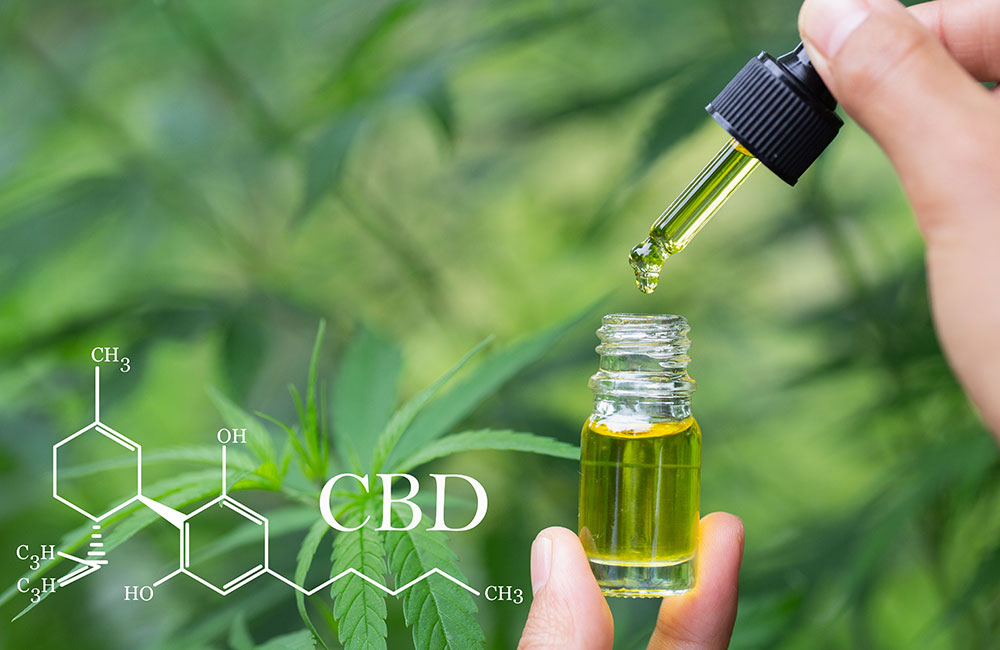
As with many other types of conditions, many have looked to the possibility of CBD for headaches or migraines in particular. While we obviously know that CBD is not a magic bullet that will miraculously cure any disease, including migraines, the fact is that there is some promising research being done.
A 2018 European study showed the potential of CBD to reduce pain overall throughout the body, though that can also include CBD for tension headaches or migraines. This was seen regardless of the source of pain, though it is also associated with lower levels of inflammation throughout the body.
Another influential study done at the University of Utah showed that it prevents the body from metabolizing anandamide. This can be important in our discussion because anandamide is associated with feelings of pain in the body. The slower it becomes metabolized, and therefore continues to circulate in the bloodstream, the lower levels of overall pain will be, including with migraines.
In all honesty, since the science behind migraines he’s still poorly understood, the most we can hope for at this point is to have it suffers to get some relief. Even if CBD isn’t able to address the cause of the issue (though at this point, who knows?), just being able to offer relief from the horrible symptoms of migraines to any extent is surely welcomed news.

SHOULD YOU TRY CBD?
Considering the fact that CBD has a tremendous amount of potential that we’re learning more about as more and more studies are released, it seems that it might be worth a try for just about anybody. However, this may especially be true if you find yourself to be a chronic sufferer of migraines or other types of pain.

Naturally, before taking on any sort of supplementation, whether it be with CBD or any other substance, it’s always a good idea to speak to a physician. This would especially be true if you’re taking other types of medications. Even though there isn’t much research pointing to interactions between CBD and common migraine medications, it’s still a good idea to not only make your physician aware but to also start out slowly to see if you notice any negative effects.
Something that we want to remind you of, and this goes for all CBD use but especially for migraine relief, is to give the CBD time to work. CBD works by interacting with your endocannabinoid system, which itself is very complex system of receptors found throughout your body, but especially in your nervous system. While some people see positive effects of CBD within a day or two of use, it may take other people weeks before they notice anything. Just be sure to give the CBD time to do its job before you decide to continue with it or not.
Also, remember that regular use of CBD is most likely to give you results compared to using it just when you get a migraine. The truth is that it may not do much of anything in the moment, but the goal is that it may be able to help you in your long-term goals of migraine pain reduction.
If you want to try CBD oil for headaches or migraines, we offer a wide variety of options and dosages. Also, check out our gummies, capsules and wide variety of other products that fit your lifestyle!

